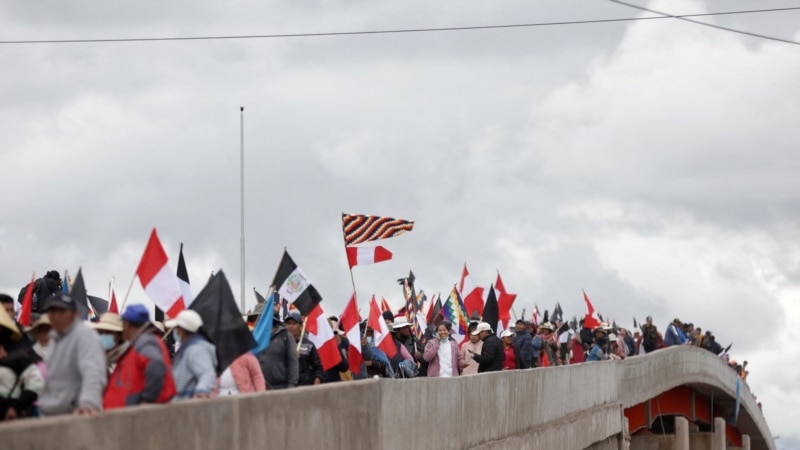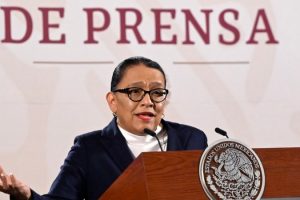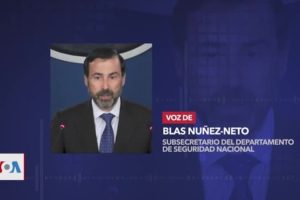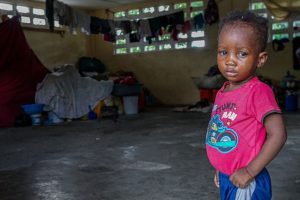Most of the dozens of deaths in the recent protests in Peru They are from indigenous populations, suggesting a “racist bias” in the use of force by the police and the military, Amnesty International (AI) said on Thursday.
AI Secretary General Agnès Callamard also said that despite government efforts to portray those who took part in the protests “as terrorists or criminals”, the majority of those killed were protesters, bystanders and bystanders.
“Almost all of them came from poor, indigenous and peasant backgrounds, suggesting a racial and socioeconomic bias in the use of lethal force,” Callamard said at a news conference launching a new report from the organization.
Peru faced a wave of protests between December and February after the dismissal of former president Pedro Castillo, who illegally attempted to shut down Congress and rule by decree. Some 49 civilians died in clashes with the police or the Army in the conflict, according to data from the Ombudsman’s Office.
The protests demanded the resignation of President Dina Boluarte -Castillo’s successor-, the closure of Congress, the advancement of elections and a new Constitution.
Boluarte, who denies abuses by the security forces and affirms that some protesters acted violently by burning public and private buildings, has been summoned for May 31 by the prosecutor’s office investigates her for the alleged crimes of “genocide, qualified homicide and serious injuries”.
Of some 25 deaths documented by AI, 15 were of children under 21, many of them from poor or indigenous families, said the NGO, which in February had denounced extrajudicial killings. The highest number of victims were registered in the Andean regions of Ayacucho and Puno.
The organization reported that in Lima, where the largest number of protests were registered and where only 20% of its population identifies as indigenous, there was one death. In Ayacucho, where 82% are indigenous, 10 people died.
“In Lima we did not see the same deployment of the use of lethal force that we saw in other regions,” Amnesty International director for the Americas, Erika Guevara, told reporters.
AI reiterated that despite the “serious human rights violations” in Peru, the prosecution has not carried out an adequate job and stressed that, to guarantee justice in these cases, local authorities must request international technical assistance for criminal investigations.
The organization asked President Boluarte to put an end to “the use of lethal force and prohibited ammunition” at a time when social leaders from Andean regions have announced the resumption of anti-government protests in June.
Connect with the Voice of America! Subscribe to our channel Youtube and activate notifications, or follow us on social networks: Facebook, Twitter and Instagram.














